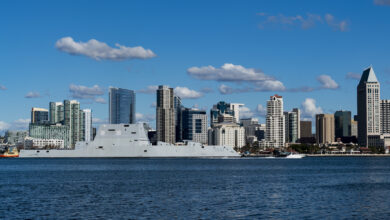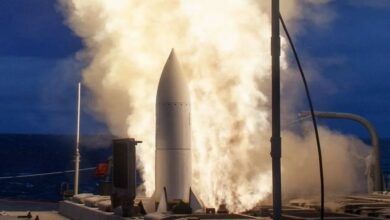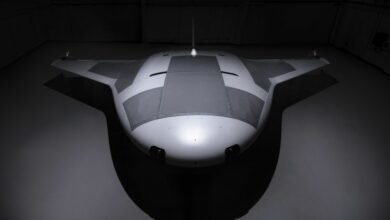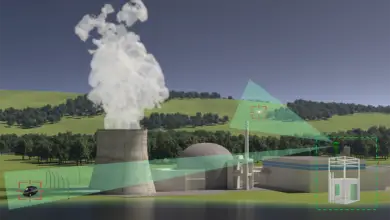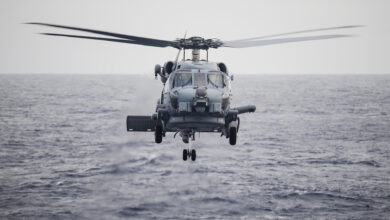Northrop Grumman awarded $255 million contract for 3 MQ-4C Triton drones
Northrop Grumman has been awarded a $255 million contract for the production of three MQ-4C Triton unmanned aerial vehicles, a U.S. Department of Defense press release said.
The MQ-4C Triton is considered an unmanned aerial system because it is operated from a tandem ground station by a crew of four, and is designed to conduct real-time intelligence, surveillance and reconnaissance missions over large ocean and coastal regions.
The $255,309,325 contract includes three aircraft, trade studies and tooling in support of the Persistent Maritime Unmanned Aircraft Systems Program Office, and is a fixed-price-incentive modification to a previously awarded advanced acquisition contract, the Thursday, December 29 release said.
The earlier $49,400,000 contract announced on May 22 was for “the procurement of long-lead components, material, parts and associated efforts” necessary to maintain the aircraft’s planned production schedule.
Naval Air Systems Command is the contracting activity.

The first Triton to enter operational service was delivered to Naval Base Ventura County Point Mugu on November 9, where maintainers will prepare two aircraft for deployment to Guam in 2018. Pilots and operators will fly the unmanned Triton aircraft from Naval Air Station Jacksonville, Florida.
Northrop Grumman says the aircraft is capable of flying at over 55,000 feet for up to 24 hours, and provides “persistent 360-degree maritime domain awareness through vessel detection, classification and tracking.” The aircraft flies at 320 knots and has a maximum unrefueled range of 8,200 nautical miles (15,186 km).
The Triton provides continuous maritime surveillance, can conduct search and rescue missions, and is designed to complement the Boeing P-8 Poseidon maritime patrol aircraft. Current sensors enable ship tracking over time. Triton aircraft can work together, with one plane flying an orbit while another is en route, giving near-constant coverage, the company says.
The system builds on the RQ-4 Global Hawk UAV and includes air frame and wing reinforcement, de-icing systems, and lightning protection systems to allow the aircraft to descend for closer viewing of targets.
Initial Operational Capability is planned for 2018 with Full Operating Capability planned for 2023.



